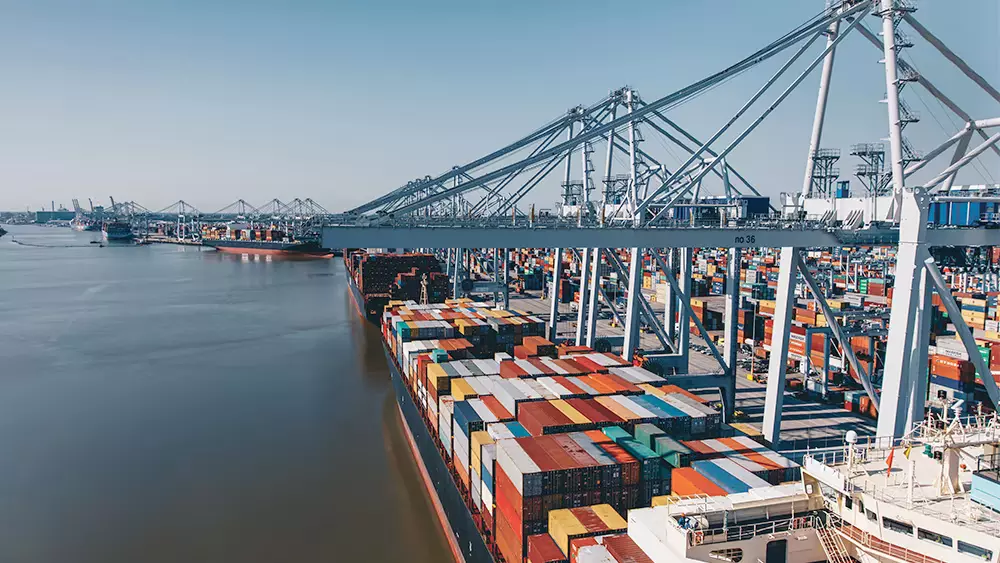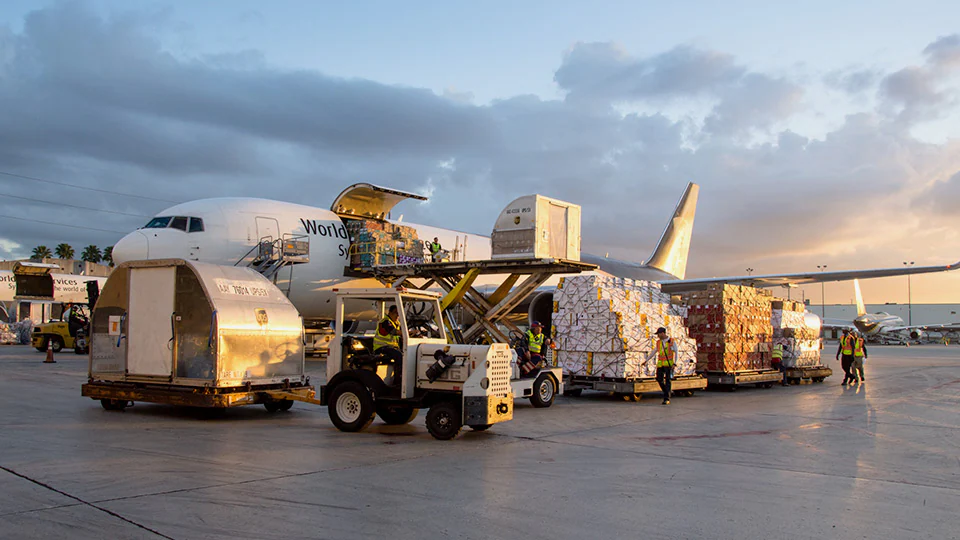How Long Does an International Package Take to Clear Customs?
Customs clearance is a crucial step in the international shipping process, ensuring that packages meet the necessary regulatory requirements to enter a country legally. But how long does an international package take to clear customs? Let’s find out.

When shipping internationally, the customs clearance process plays a vital role in ensuring the smooth movement of goods across borders.
Customs clearance involves verifying and validating the contents of packages, collecting any applicable duties or taxes, and ensuring compliance with the destination country’s import regulations.
Understanding the time it takes for an international package to clear customs is crucial for both individuals and businesses, as it helps in managing expectations, planning timelines, and ensuring timely delivery.
We will explore the factors affecting customs clearance time, steps to prepare for smooth clearance, average timeframes for clearance, expedited clearance options, dealing with customs delays, and how to track your international packages.
READ ALSO!!!
- How Do I Schedule a Delivery for My UPS Surepost Package?
- Can I Pick Up My UPS Surepost Package at a UPS Location?
- How Do I Know if My UPS Package Will Be Delivered via Surepost?
- What are the Differences Between UPS Ground and UPS Surepost?
How Long Does an International Package Take to Clear Customs?
Typically, customs clearance takes less than 24 hours. If your paperwork is lacking, however, it could take several days before your shipment clears customs.
Several factors contribute to the duration it takes for an international package to clear customs. Let’s explore some of the key factors:
1. Customs Regulations and Procedures
Each country has its own unique customs regulations and procedures that govern the import and export of goods.
These regulations dictate the documentation requirements, inspection processes, and clearance timelines.
Familiarizing yourself with the customs regulations of the destination country is essential to avoid any unnecessary delays.
2. Documentation Requirements
Accurate and complete documentation is vital for a smooth customs clearance process.
The required documents may include a commercial invoice, packing list, bill of lading, and any additional permits or certificates specific to the type of goods being shipped.
Incomplete or incorrect documentation can lead to delays in customs clearance.
3. Volume of Packages Being Processed
The volume of packages being processed by customs authorities can also impact on clearance times.
During peak seasons or periods of increased shipping activity, such as holidays, customs departments may experience higher workloads, leading to potential delays in processing packages.
4. Type of Goods Being Shipped
Certain types of goods may be subject to additional scrutiny during the customs clearance process.
Perishable items, hazardous materials, or goods that require special permits or certifications may require extra time for inspections and approvals, resulting in longer clearance durations.
5. Country-Specific Customs Processes
Different countries have varying customs processes, which can influence clearance timeframes.
Some countries may have more streamlined procedures and advanced technological systems, resulting in quicker clearance times, while others may have more complex and time-consuming processes.
Understanding the customs procedures of the destination country is crucial for estimating clearance durations accurately.
Conclusion
Understanding how long an international package takes to clear customs is crucial for individuals and businesses involved in international shipping.
The customs clearance process plays a vital role in ensuring that packages comply with import regulations, facilitating the smooth movement of goods across borders.
While clearance times can vary based on several factors, including customs regulations, documentation requirements, package volume, goods types, and country-specific processes, there are steps you can take to prepare for a smooth clearance process.
By ensuring accurate and complete documentation, complying with customs regulations, and establishing proactive communication with customs authorities, you can enhance the chances of a swift customs clearance.
